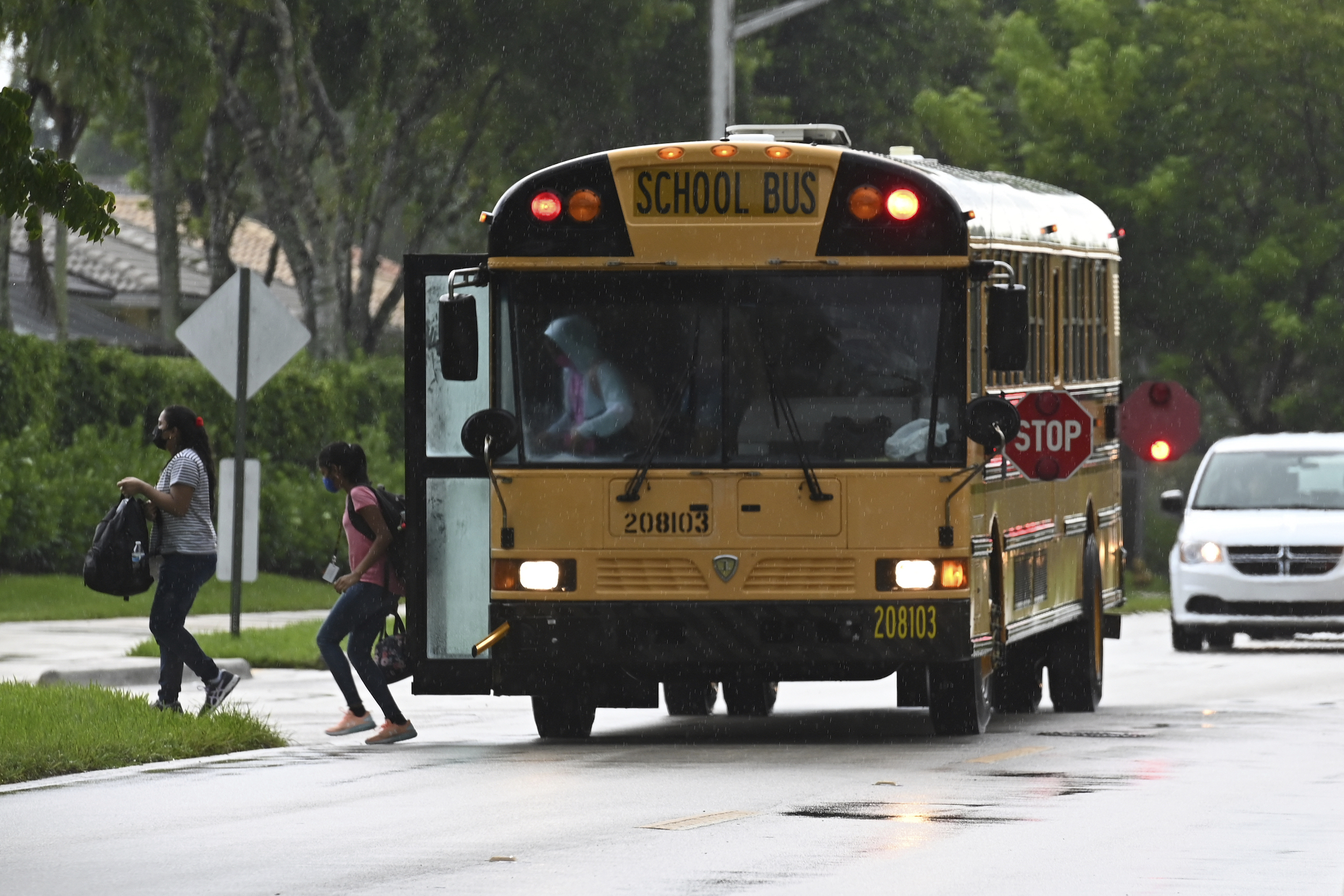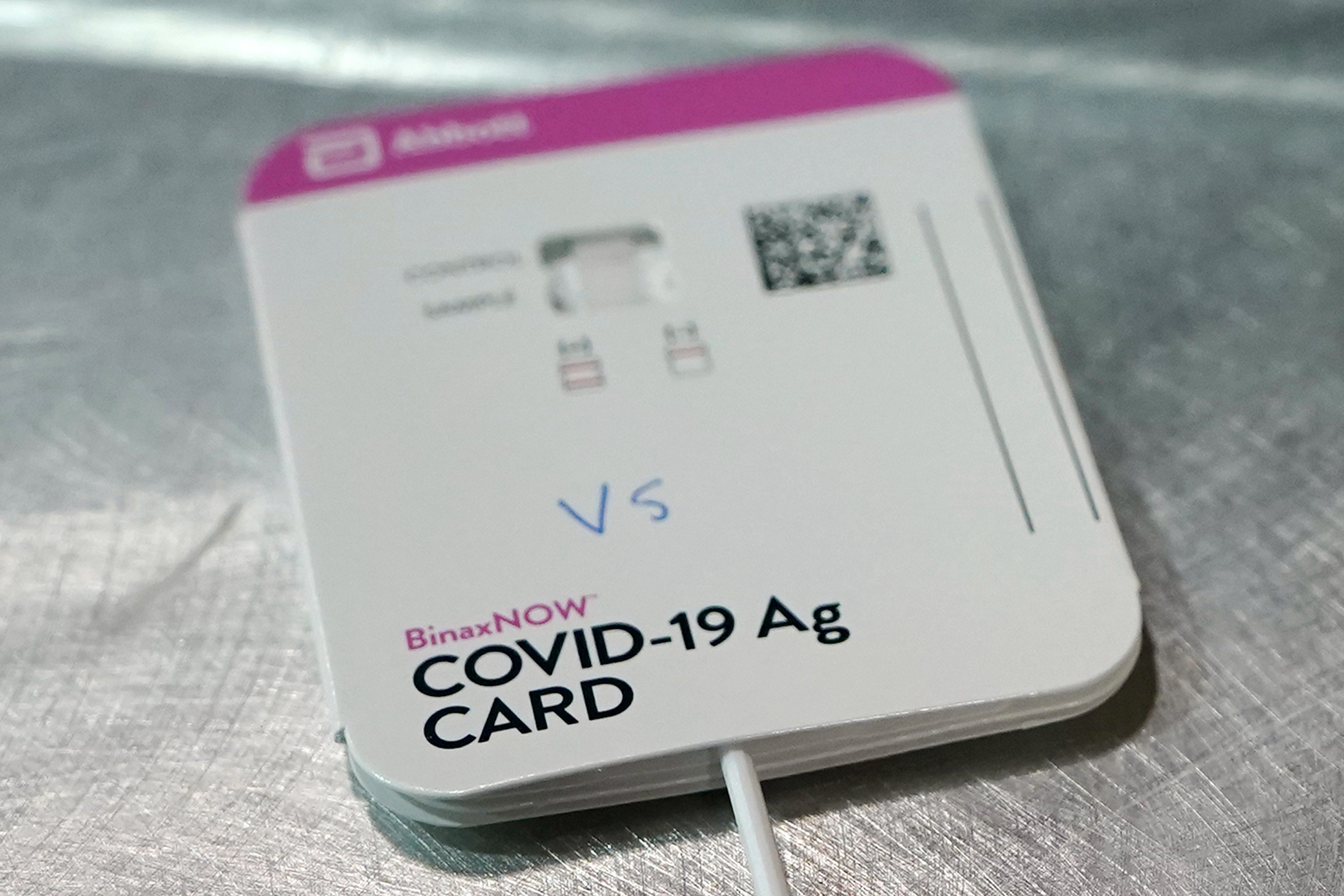 Covering COVID-19 is a daily Poynter briefing of story ideas about the coronavirus and other timely topics for journalists, written by senior faculty Al Tompkins. Sign up here to have it delivered to your inbox every weekday morning.
Covering COVID-19 is a daily Poynter briefing of story ideas about the coronavirus and other timely topics for journalists, written by senior faculty Al Tompkins. Sign up here to have it delivered to your inbox every weekday morning.
The U.S. Supreme Court ended the federal moratorium on rental housing evictions in late August and now filings are piling up faster than deputies can serve them in some, but not all places.
Journalists across the country are finding clogged courts, confused renters and eager landlords who are owed thousands of dollars. In some places, landlords are moving slowly to file eviction petitions, hoping states will soon release billions of dollars in federal rental assistance.
In Fulton County, Georgia, which covers most of Atlanta, 500 new eviction cases were filed in the last week. The court that handles such things usually processes about 32 cases a day. At the rate new cases are being filed, there will be a long backlog.
FOX 5 in Atlanta said many people who are being evicted don’t understand that there is a legal process that they can use to appeal and buy some time. So they ignore the eviction notice and get removed right away.
In Alabama, even while renters await federal assistance caught up in red tape delays, evictions are picking up. Because of Hurricane Ida, Louisiana suspended all evictions until later this month, at least.
The San Antonio Report found that the predicted eviction wave has not happened … yet. Here’s what courts found when they started taking up cases last week:
On Friday morning, Judge Rogelio Lopez started hearing eviction cases that were paused during the moratorium. He had roughly 100 cases on his docket and granted about a third of landlords a default judgment for eviction because those tenants didn’t show up. They were given five days to leave the property or appeal. Roughly another third of the cases were dismissed because neither tenant nor landlord showed up. That likely meant either the tenant had already left or had worked out a deal with their landlord on their own, Lopez said.
Several other cases were moved to another date, and about a dozen went to trial right then.
A Louisville Courier-Journal reporter attended eviction court for four days and found:
Of 440 cases last week, 45 received judgments from District Judge Anne Delahanty, meaning renters must leave their units within seven days or face removal by Jefferson County Sheriff deputies.
At least 150 cases were dismissed because tenants had paid what they owed or already moved. And more than 160 cases received new court dates, giving people time to get through the rent assistance application process.
Landlords and property managers in at least 30 cases, however, said they would not accept assistance and ordered tenants to pay their full balances within two weeks or vacate their units.
“It’s been nonstop,” says the president of the Phoenix-based group Arizona Tenants Advocates. “Landlords are just left and right giving thirty-day notices. They want them out.”
“Tenants are scrambling,” said Pamela Bridge, director of litigation and advocacy at Community Legal Services, which provides legal aid for renters in the county. “It’s a really devastating time for families.”
Bridge said that over the past week, she has seen local landlords eager to sell or renovate their properties give out eviction notices to every tenant. Others have hiked up rents beyond what most of their tenants can pay.
What Volk and Bridge are seeing isn’t yet reflected in the eviction courts: In August, according to preliminary data from Maricopa County Justice Courts, landlords filed just under 3,000 evictions, slightly down from July, although up 38 percent from last summer. “The delays built into the [eviction] process prevent any significant differences from being seen at this time,” Scott Davis, public information officer with the justice courts, told Phoenix New Times.
Hawaii expected an immediate spike in evictions but it has not happened yet. The Honolulu Star-Advertiser reports:
“Interestingly, we have not been flooded with cases as we have anticipated,” said Tracey Wiltgen, executive director of the Mediation Center of the Pacific, a nonprofit that provides mediation services for landlord-tenant disputes.
Wiltgen is still trying to find an explanation for why there hasn’t been a surge of evictions but said there could be a variety of reasons. Landlords and tenants could be working things out among themselves, she said, but it could also be that many renters have returned to work, sought out rental assistance or simply moved out on their own volition.
Also, the overlapping timelines of the state and federal moratoriums led to confusion, so landlords possibly were hesitant to pursue any evictions.
KUTV in Salt Lake City reports that landlords there are not in a rush to evict people:
A large group representing Utah landlords said it doesn’t expect evictions will rise in the Beehive State for the foreseeable future, even though the federal eviction moratorium was struck down by the U.S. Supreme Court.
The Utah Apartment Association credits the state’s rental assistance program with helping renters stay up to date on payments.
“That makes it less likely that they’ll be evicted, so it’s win-win for everyone,” said Paul Smith, the association’s executive director, in an interview with 2News Monday. “The renter’s rent gets paid, and the landlords are happy, too.”
Despite the federal moratorium on evictions, plenty of them occurred in Charlotte, North Carolina. A Charlotte Journalism Collaborative examination of nearly 700 eviction cases from October 2020 to March 2021 found that eviction notices so far this year are far below 2019. But some neighborhoods were eviction hot zones:
Evictions during the pandemic most often occurred in ZIP codes with higher rates of poverty, higher Black populations and less housing investment than the county, overall.
In Nashville, city leaders say that they are still awaiting federal rental assistance funds to make it to landlords. The money is tied up at the state level. Some renters, the city says, owe as much as $30,000 in back rent.
In San Diego, KPBS radio found that as soon as the state and federal eviction bans ended, people started losing their homes. In some cases, landlords canceled leases, saying they were going to renovate the apartments and needed the units to be empty. And as soon as the renovations were done, the complexes planned to raise rents.
National Guard called in because of school bus driver shortage

A Broward County, Florida, school bus drops off students on Sept. 8, in Pompano Beach, Florida. Like other U.S. locales, Broward County is dealing with a shortage of school bus drivers (mpi04/MediaPunch /IPX)
The Massachusetts National Guard has been activated to help with the state’s shortage of school bus drivers. Up to 250 members will be available to cities and towns, the state announced Monday.
School systems have had a problem finding drivers for some time but the pandemic made the shortage worse. NPR reports:
In a new nationwide survey, half of student-transportation coordinators described their school bus driver shortages as either “severe” or “desperate.”
The National School Transportation Association conducted the survey with two other trade associations. Executive director Curt Macysyn said the shortages are unprecedented. “This back-to-school period is nothing like the previous periods we’ve seen,” he told NPR. “In previous years, we’ve seen regionalized driver shortages, but nothing to the extent that we’re seeing today.”
In Chicago this week, 70 bus drivers — about 10% of the workforce — abruptly quit over the district’s new COVID-19 vaccine mandate, according to WBEZ’s Sarah Karp. The move left some 2,100 students, a little less than half of them in special education, without a way to get to school.
And in Pittsburgh, the public schools notified families that they are short almost 650 bus seats for the first day of school on Friday.
Still no agreement on COVID booster shots
Politico points to what it says are “tensions” between the Centers for Disease Control and Prevention and the Biden administration over whether there is a proven need for COVID-19 booster shots. President Joe Biden wants booster vaccinations to begin by Sept. 20. The CDC has not yet approved the idea.
‘Almost everyone will either be vaccinated or infected with COVID’
Michelle Fay Cortez of Bloomberg News tried to paint a picture of what the pandemic will look like six months from now. One conclusion is that by the end of the pandemic, you will either have been vaccinated or infected … and maybe both. The consensus of the scientists interviewed is that the pandemic will not be over in six months. We may be in for another surge, and the virus may continue to evolve.
The story includes this:
“I see these continued surges occurring throughout the world,” said Michael Osterholm, director of the Center for Infectious Disease Research and Policy at the University of Minnesota in Minneapolis, and an adviser to U.S. President Joe Biden. “Then it will drop, potentially somewhat precipitously,” he said. “And then I think we very easily could see another surge in the fall and winter” of this year, he added.
Osterholm added, “But I can just tell you, this is a coronavirus forest fire that will not stop until it finds all the human wood that it can burn.”
The Bloomberg story adds this unsettling alert:
Some researchers say SARS-CoV-2 is poised to become completely resistant to the first generation of vaccines. A study from Japan, which has yet to be published or peer-reviewed, suggests that potentially dangerous mutations in the delta variant are already being picked up in a global database used to track such developments. Reports of current strains breaking through vaccinations or triggering higher fatality rates have not held up to rigorous scrutiny thus far.
And the six-month prognosis depends a lot on how global vaccination programs go. Bloomberg points out succinctly:
Most countries in Africa have only given enough vaccine to cover less than 5% of their populations with a two-dose shot. India has administered enough to cover only about 26%.
A run on home COVID test kits

A BinaxNOW rapid COVID-19 test made by Abbott Laboratories rests on a table, Wednesday, Feb. 3, 2021, in Tacoma, Wash. (AP Photo/Ted S. Warren)
The next significant shortage of stuff you may want will likely be for home COVID-19 test kits. President Biden’s recent mandate for millions of people to get vaccinated or get tested means there will be an urgent new demand for tests. Kaiser Health News reports:
Rapid at-home covid tests are flying off store shelves across the nation and are largely sold out online as the delta variant complicates a return to school, work and travel routines.
But at $10 or $15 a test, the price is still far too high for regular use by anyone but the wealthy. A family with two school-age children might need to spend $500 or more a month to try to keep their family — and others — safe.
For Americans looking for swift answers, the cheapest over-the-counter covid test is the Abbott Laboratories BinaxNOW two-pack for $23.99. Close behind are Quidel’s QuickVue tests, at $15 a pop. Yet supplies are dwindling. After a surge in demand, CVS is limiting the number of tests people can buy, and Amazon and Walgreen’s website were sold out as of Friday afternoon.
Once again, we find that Americans pay a lot more for basic medical supplies than people pay in other countries. Kaiser says:
- In Germany, grocery stores are selling rapid covid tests for under $1 per test.
- In India, they’re about $3.50.
- The United Kingdom provides 14 tests per person free of charge.
- Canada is doling out free rapid tests to businesses.
A Harvard study found the most Americans said they would regularly test themselves if the tests cost a dollar. But “only a third would do so if the cost was $25.”
Another example of why preprint studies can be unreliable
A new preprint study is making the rounds and causing some confusion for parents who are trying to decide whether to have their young teens vaccinated against COVID-19. The preprint, which is drawn from the VAERS database, suggests wrongly that there is overwhelming data that we should reconsider vaccinating healthy teens because of a high risk of heart disease among the vaccinated. But the study is based on data that is publicly reported by anybody, not verified and clinically diagnosed data. VAERS itself issues these warnings about its data:
“The reports may contain information that is incomplete, inaccurate, coincidental, or unverifiable.” “The inclusion of events in VAERS data does not imply causality”.
As epidemiologist Dr. Katelyn Jetelina points out, there are other more comprehensive and scientifically sound studies that do not minimize nor inflate the risk of vaccine-induced myocarditis (inflammation of the heart).
This study in Pediatrics, the Journal of the American Academy of Pediatrics, says, “There is evidence of myocardial inflammation and injury following mRNA COVID-19 vaccination as seen on CMR. The hospital course is mild with quick clinical recovery and excellent short-term outcomes.”
One in seven people have ditched friends over vaccine disagreements
OnePoll surveyed a thousand people in an online survey Sept. 2 and about 17% say they have ended a friendship because the other person disagreed with their stand on COVID-19 vaccines. It is about the same percentage of people who say they recently ended a friendship over political disagreements. Frankly, I am surprised the number is only 17%.
We’ll be back tomorrow with a new edition of Covering COVID-19. Are you subscribed? Sign up here to get it delivered right to your inbox.








